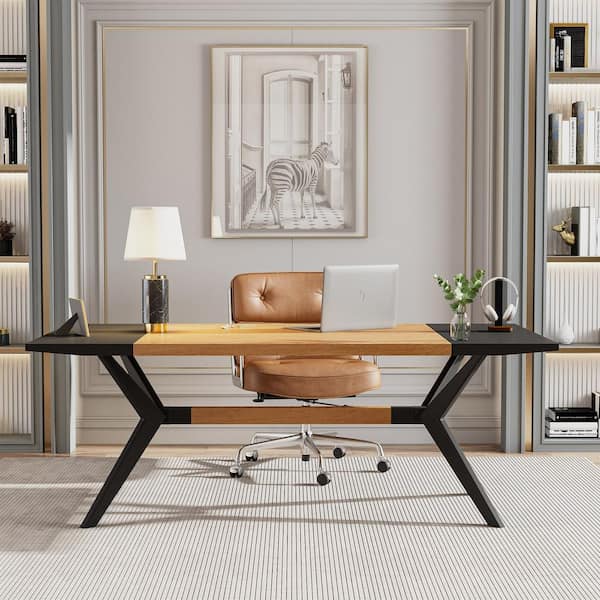Upgrade Your Furnishings with Fashionable Dining Room Table Legs
Upgrade Your Furnishings with Fashionable Dining Room Table Legs
Blog Article
Selecting the Perfect Table: What Styles Job Best for Your Home?
Choosing the excellent dining table for your home can be a nuanced process that balances aesthetics and functionality. To navigate these options properly and find a table that really matches your home, take into consideration the following aspects in detail.
Examining Your Room
Reviewing the dimensions and layout of your dining area is a critical initial step in selecting the ideal table. Begin by determining the length and width of the space, representing entrances, home windows, and various other building functions that might affect table placement. This makes sure that your table not just fits however likewise enables comfortable motion around it.
Think about the number of people you generally captivate. A table ought to accommodate your home's daily needs while offering enough adaptability for periodic visitors. As a policy of thumb, assign a minimum of 24 inches of table width per individual to make certain a comfy dining experience.
It's also important to maintain ideal clearance around the table. Preferably, there must be at the very least 36 inches between the table edge and wall surfaces or various other furniture, enabling very easy accessibility and movement. For spaces where chairs with arms or added storage space units like buffets are entailed, enhancing this clearance to 48 inches is recommended.
Lighting and ambience play considerable roles. Guarantee that your table straightens with existing illumination fixtures or plan for appropriate lights remedies. This detailed spatial assessment warranties that your table not only fits physically however additionally integrates with your area's general capability and visual.
Popular Table Styles

Standard table commonly include elaborate details, curved legs, and abundant timber surfaces, evoking a sense of timeless style. They are excellent for homes with timeless decoration or those wanting to add a touch of sophistication to their eating location.
Modern dining tables focus on simpleness and clean lines, frequently incorporating products like glass and steel. These tables are optimal for contemporary rooms, supplying a smooth and uncluttered appearance that matches minimalist layout approaches.
Rustic dining tables, on the various other hand, highlight natural products and a handcrafted look - dining room table legs. They commonly feature redeemed wood and a troubled surface, creating a cozy and inviting ambience. These tables work well in farmhouse-style homes or those looking for a comfortable, next natural feel
Industrial eating tables integrate resources such as steel and wood, commonly showcasing an utilitarian visual. This style is fit for lofts or city spaces, including a touch of rugged appeal and resilience to the eating experience.
Each style uses distinct advantages, making it vital to select one that straightens with your home's general layout and your personal preferences.
Product Choices
When choosing a table, the choice of material plays a vital role in figuring out both the table's visual appeals and performance. Timber, metal, glass, and composite materials each offer one-of-a-kind benefits and difficulties, making it crucial to align the material with your home's decoration and way of living needs.
Wood is an ageless and flexible choice, readily available in ranges such as oak, walnut, and mahogany. Understood for its find out this here longevity and warmth, wood matches both conventional and modern insides. It requires regular maintenance to stop scrapes and bending.
Steel tables, often crafted from stainless steel, aluminum, or wrought iron, are praised for their modern appeal and robustness. They are especially fit for industrial or minimalist settings but can be prone to resource dents and may feel cold to the touch.
Glass eating tables bring an air of elegance and visibility, perfect for smaller sized rooms as they develop an impression of more space. While easy to clean, glass can be susceptible to spots and calls for mindful managing to prevent chips and fractures.
Composite materials, such as MDF and plywood, offer cost-effective and personalized remedies, though they might lack the longevity of natural products. Choosing the best material guarantees your table is both a practical asset and a visual joy.
Shape and Size Factors To Consider
After establishing the suitable product for your dining table, the following consideration is choosing the appropriate form and size to match your space. On the other hand, rounded tables promote a feeling of intimacy and are exceptional for smaller sized dining areas, urging conversation by getting rid of edges and making everyone really feel just as included.
As a guideline of thumb, assign at least 24 inches of table width per person to make sure comfy eating. Furthermore, think about the table's clearance area: there ought to be at least 36 inches between the table edge and the wall surfaces or various other furnishings. Prolonging tables provide versatility if you frequently host bigger celebrations, giving extra seating when needed without inhabiting added area daily.
Matching Your Design
Picking a dining table that balances with your existing style is critical in developing a cohesive and welcoming room. A sleek, minimal table with tidy lines is ideal for a modern-day home, while a vintage, elaborate table matches a more conventional setup.
Shade and material are similarly substantial. If your decor features warm tones and all-natural products, consider a wooden table to improve the natural feeling. Conversely, a glass or metal table might be better in a room dominated by awesome colors and industrial aspects. Take notice of the coating, as it needs to mirror other furniture and fixtures to preserve harmony.
A rough-hewn, redeemed timber table can add character to a rustic area, while a sleek marble surface can elevate a luxurious eating area. A well-matched dining table not just improves visual allure however also improves the general dining experience.

Verdict
Picking the ideal eating table requires cautious consideration of area, style, materials, shape, and size. Traditional tables enhance timeless insides with abundant timber finishes, while contemporary tables fit modern settings through glass and metal.
Report this page